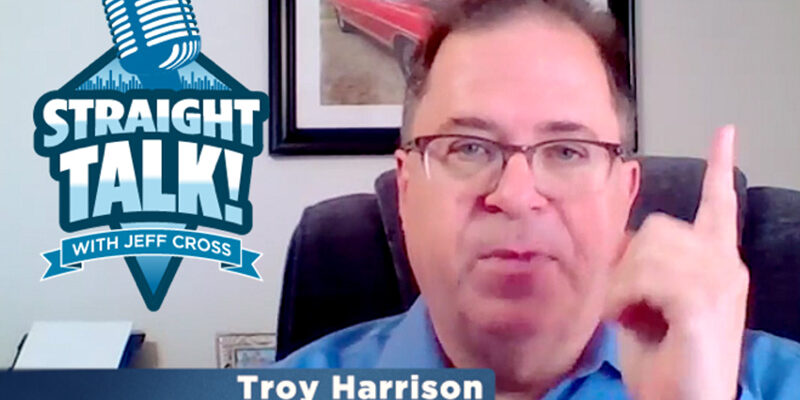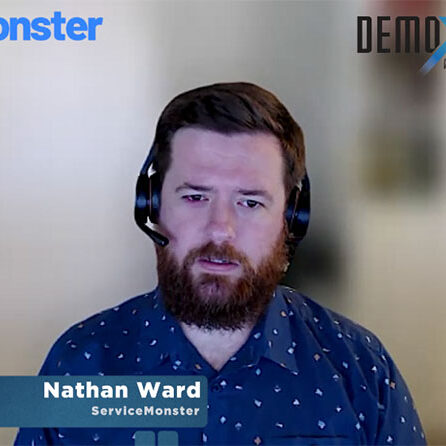Financials and Forecasting

The true measure of any business is the extent to which it creates value for its stakeholders. This feature article digs into how operation managers can become comfortable with financial statement forecasting. It will help them to understand how to optimize all their resources as senior management continues to demand greater financial responsibility.
The cleaning industry is constantly under pressure to increase productivity by lowering operating costs relative to revenues, particularly the labor component. It is also expected to improve the quality of the products and services produced in order to compete more effectively, domestically and internationally.
The job of the operations manager
It’s overwhelming for an operations manager (OM) faced with a vast number of complex decisions. Their decisions are reflected in the monthly financial statements. Daily challenges span from whether labor will show up that shift, if the equipment will last another month, the increasing prices of consumables, and, of course, management wanting them to increase margins. This is all part of an OM’s daily grind!
By the time an OM gets the forecast for a particular cleaning or restoration job, more than likely, the contract has already been signed and profitability has been negotiated. OMs are given a yearly financial budget and the responsibility to execute it. Thus, the operating budget is set at profitability per square foot. So let’s take a look at how these statements are constructed and some ways you can improve them.
Operating profit or loss is calculated by negotiated revenue (usually per square foot) minus monthly expenses posted in the general ledger (not calculated by square foot). Revenue is typically a combination of the contract revenue plus one-time billings or projects. An excellent way to increase operating profit is to negotiate more project work. Usually, this requires taking labor from routine work. Of course, labor is usually not an abundant commodity, but managers do have some control over these numbers.
The cost of resources
Managers have much more control over the mix of resources they deploy. The cost of resources can be broken down into four major buckets:
- Labor costs
- Equipment costs
- Consumable costs
- Administration costs.
OM’s can control the first three. The fourth, administration costs, are charged based on an organizational formula sanctioned by senior management to cover overhead costs. Let’s explore how OM’s can control the first three costs.
Labor costs are by far the largest, representing between 50% to 65% of total expenses. Achieving real labor efficiencies is especially difficult in the United States today, which is experiencing record-low unemployment levels. Contributing further to this problem are rising labor costs, increasing difficulties in hiring, and sustaining an acceptable workforce. Unfortunately, this is a progressively worsening societal condition in the United States, and there seems to be no remedy in sight. Labor costs include the following:
- Direct labor and taxes
- Fringe benefits (insurance, retirement, other)
- Training
- Absenteeism
- Workman’s compensation
- Turnover (cost of hiring).
Given this labor problem, OM’s can reconfigure resources by relying on automated equipment to complement labor. When workloaded properly, this equipment will reduce labor required and as well as costs.
Workloading
OM’s can use one of many commercially available workloading tools to estimate the labor hours, equipment, and consumables needed to complete the work committed to in the contract. Workloading is defined as the amount of working time expected or assigned per activity based on productivity per square foot. Workloading tools are based on “Productivity Studies” and convert your expenses into cost per square foot for the mix of resources essential to accomplish the work.
During the process of calculating the required workloading, a complete inventory of activities is collected by the number of offices, conference rooms, corridors, etc. All areas are analyzed to include square footage and building materials—all the way down to the most minute details.
Automation
With activities defined, OM’s can easily pick out repetitive tasks to automate and reduce costs. Repetitive activities are labor intensive and demanding on workers’ bodies.
Automation can increase the repeatability of production and has the potential to improve the consistency and quality of services produced while lowering the cost per square foot. There are some other intangible benefits for your customers:
Quality of work is improved:
- Fewer errors
- Greater consistency
- Less turnover
A safer workplace is created:
- Fewer injuries
- A more drug-free workplace
- Workers can avoid hazardous jobs.
An upcoming article will focus on how changes in the mix of resources in workloading can be improved to increase productivity, resulting in better profitability and the enhancement of the quality of products and services delivered to your customers. Fortunately, this technology exists today!












